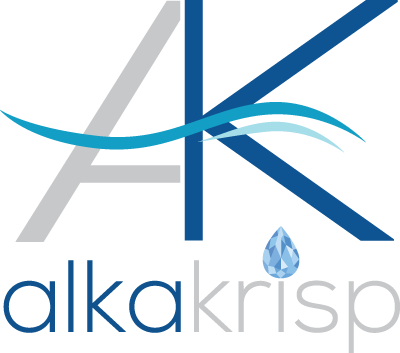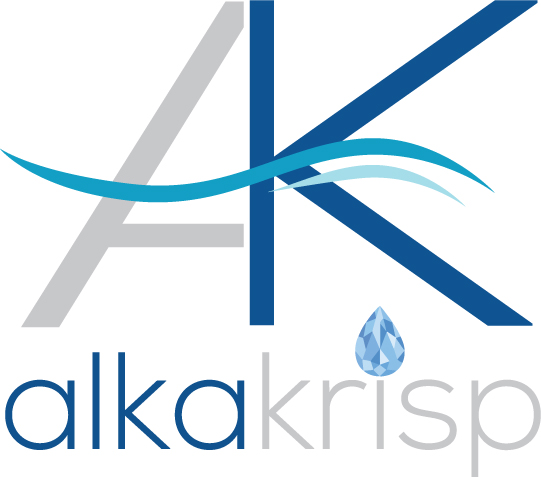PH: Definition and measurement units
 PH is a measure of how acidic/basic water is. The range goes from 0 – 14, with 7 being neutral. PH of less than 7 indicate acidity, whereas a PH of greater than 7 indicates a base. PH is really a measure of the relative amount of free hydrogen and hydroxide ions in the water. Water that has more free hydrogen ions is acidic, whereas water that has more free hydroxide ions is basic.
PH is a measure of how acidic/basic water is. The range goes from 0 – 14, with 7 being neutral. PH of less than 7 indicate acidity, whereas a PH of greater than 7 indicates a base. PH is really a measure of the relative amount of free hydrogen and hydroxide ions in the water. Water that has more free hydrogen ions is acidic, whereas water that has more free hydroxide ions is basic.
Since PH can be affected by chemicals in the water, PH is an important indicator of water that is changing chemically. PH is reported in “logarithmic units”. Each number represents a 10-fold change in the acidity/basics of the water. Water with a PH of five is ten times more acidic than water having a PH of six.
 Importance of PH The pH of water determines the solubility (amount that can be dissolved in the water) and biological availability (amount that can be utilized by aquatic life) of chemical constituents such as nutrients (phosphorus, nitrogen, and carbon) and heavy metals (lead, copper, cadmium, etc.). For example, in addition to affecting how much and what form of phosphorus is most abundant in the water, pH also determines whether aquatic life can use it. In the case of heavy metals, the degree to which they are soluble determines their toxicity. Metals tend to be more toxic at lower pH because they are more soluble. (Source: A Citizen’s Guide to Understanding and Monitoring Lakes and Streams)
Importance of PH The pH of water determines the solubility (amount that can be dissolved in the water) and biological availability (amount that can be utilized by aquatic life) of chemical constituents such as nutrients (phosphorus, nitrogen, and carbon) and heavy metals (lead, copper, cadmium, etc.). For example, in addition to affecting how much and what form of phosphorus is most abundant in the water, pH also determines whether aquatic life can use it. In the case of heavy metals, the degree to which they are soluble determines their toxicity. Metals tend to be more toxic at lower pH because they are more soluble. (Source: A Citizen’s Guide to Understanding and Monitoring Lakes and Streams)
ORP stands for Oxidation-Reduction Potential.
In some parts of the world, it is also known as “Redox” Potential.
 Sometimes, you’ll see the words “oxidation” and “reduction” spelled without the hyphen connecting them.
Sometimes, you’ll see the words “oxidation” and “reduction” spelled without the hyphen connecting them.
We chose the hyphen because the two chemical reactions are really “joined at the hip”. One cannot occur without the other also occurring. Chemicals like chlorine, bromine, and ozone are all oxidizers.
 It is their ability to oxidize – to “steal” electrons from other substances – that makes them good water sanitizers, because in altering the chemical makeup of unwanted impurities. Of course, in the process of oxidizing, all of these oxidizers are reduced – so they lose their ability to further oxidize things. They may combine with other substances in the water, or their electrical charge may simply be “used up.”
It is their ability to oxidize – to “steal” electrons from other substances – that makes them good water sanitizers, because in altering the chemical makeup of unwanted impurities. Of course, in the process of oxidizing, all of these oxidizers are reduced – so they lose their ability to further oxidize things. They may combine with other substances in the water, or their electrical charge may simply be “used up.”
To make sure that the chemical process continues to the very end, you must have a high enough concentration of oxidizer in the water to do the whole job. Alkakrisp is one of the few companies that we purify the water removing all the reducing containment s before going to Ionizing process enhancement in our bottles.
Contact Us

Call us
1 (818) 284-8662
